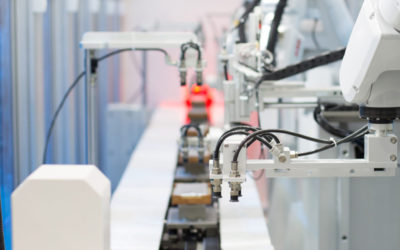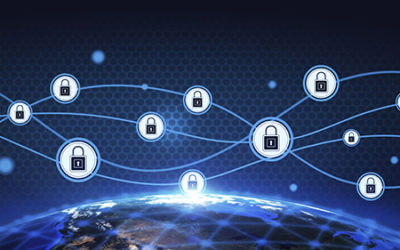Remote Patient Monitoring: Barriers & Opportunities
The number of consumers interested in technologies that can help them improve their health and lead healthier lives has been growing at a rapid pace in recent years. Health-related mobile applications are among the most popular apps downloaded by mobile users. Many smartphones and wearables feature physiological sensors and technologies that can be used to monitor and measure HR, HRV, Physical activity levels, and Galvanic skin response. Smartphones and wearables not only make it easier for people to be proactive about their health but also make it possible for physicians to provide remote patient monitoring (RPM).
Remote patient monitoring is a rapidly growing industry, and the broad adoption of smartphones has allowed many hospitals and physician offices to provide RPM services. Although there are numerous technological challenges in providing RPM services, they can also provide numerous opportunities.
Technical Challenges
The number of connected devices introduced into the market by different companies is increasing day by day and health IT departments are challenged to feed data from those devices into electronic medical record systems (EMRs) due to higher priorities. This problem creates a situation where providers must access multiple third-party applications in addition to their EMR to access a 360° perspective of a patient. From increased decision making time and risk in the quality of care to negative payment adjustment from CMS and overall frustration – the impact is tremendous.
RPM also depends on the devices and technologies the patient can access. Not everyone owns a smartphone or has broadband access. Some clinical devices are not WiFi enabled leaving it up to patients to track measurements and submit the data to their physician manually. Manually tracking and sending data is less reliable and accurate than automatic data transfers through a connected device.
Remote Patient Monitoring Opportunities
While there are numerous industry barriers and technological challenges when it comes to RPM, there are also great opportunities. The number of patients who own smartphones is increasing steadily, and cellular technology such as 3G, 4G, LTE is available just about everywhere. Many patients have access to devices and technologies that make RPM a feasible option for them.
RPM can free up a physician’s time so that they can see and treat a greater number of patients. RPM also provides physicians trending patient health data as opposed to a patient health snapshot. RPM tracks multiple patient health data points over time. This information can be used to automatically alert physicians when a patient’s symptoms worsen enough to warrant a trip to the hospital.
With digital health ecosystems such as Validic and health platforms like iVEDiX, physicians can obtain a 360-degree view of their patients through a single pane of glass. Avoiding point integrations, Validic acts as a conduit for the myriad of data streams from more than 270 health monitoring devices – regardless of whether they are WiFi enabled. iVEDiX serves as the unified visualization & workflow platform for data from the IoT ecosystem as well as multiple EMR systems enabling providers to go beyond data consumption to initiating workflows and sending out real-time alerts.
Benefits are tremendous from helping physicians identify patient conditions quickly, perform adequate risk assessments, focus more on their face to face interaction with the patient during an encounter and improve the overall quality of care.
Meeting the Goals of Triple Aim
Technology such as RPM is rapidly transforming the healthcare industry and making it possible for the elderly and patients’ with disabilities to stay at home longer and avoid admission to either a hospital or skilled nursing facility. Remote patient monitoring not only improves their quality of life but also improves cost and addresses the goals of “Triple Aim”: improving patient outcomes, improving access to care, and reducing cost.
If you’re interested in learning how you can transform your experience with remote patient monitoring, visit iVEDiX at HIMSS17 Booth 2387.




